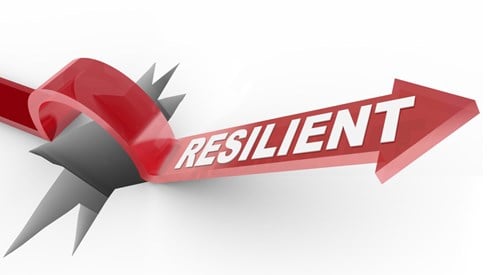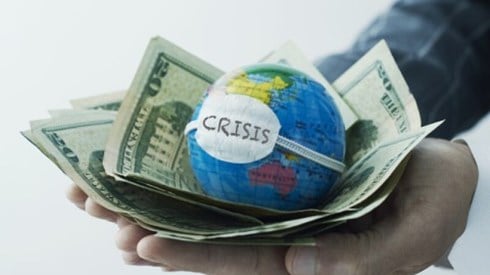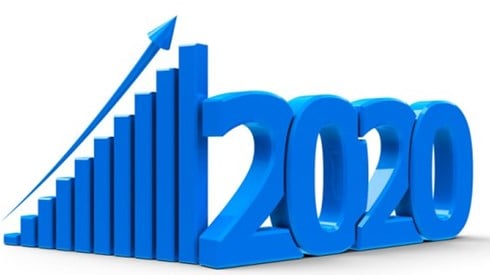Reinsurance Rates Increased at Midyear, but Market May Be Settling

July 12, 2021

Reinsurance rates continued to increase for most major lines and in most areas of the world at June 1 and July 1 renewals, but the market appears to be reaching equilibrium, according to a recent report from Willis Re.
In some cases, reinsurers had to accept terms below their initial quotes, the Emerging Equilibrium: Willis Re 1st View (July 1, 2021) report says.
While reinsurers tried to maintain pricing momentum at midyear, rate increases were mitigated by reinsurers' good first-quarter results, increasing underlying reinsured premium volumes, positive investment trends, and the strong recovery from economic pressures related to the COVID-19 pandemic, Willis Re reports.
Reinsurers' premium growth came from continued rate increases both on underlying portfolios and improved reinsurance pricing, Willis Re says, as well as the strong economic recovery seen in many countries. Inflation-related increases in risk-free rates also helped boost reinsurers' investment income, according to the report.
"Overall, the global reinsurance market appears to be moving towards an equilibrium in terms of improvements in terms and conditions," the Willis Re report says. "Backed with a resilient and growing capital base, reinsurers are able to face challenges the second half year 2021 may bring with a degree of confidence that they are well positioned to provide the long-term support primary clients expect and need."
While at midyear reinsurers were largely successful at maintaining pricing momentum achieved at renewals earlier this year, there are growing signs of reinsurance capacity outpacing demand, the report says.
The intermediary notes that overall reinsurance capacity remained sufficient to meet demand at midyear, though reinsurers resisted the temptation to compete for top-line revenue, constraining capacity for poorly performing classes of business. That trend was particularly apparent in Florida renewals, Willis Re says.
Changes in terms and conditions pushed by reinsurers in recent renewal cycles have prompted some buyers to modify their reinsurance purchasing, including retaining more risk by moving to excess of loss structures, the report says. That trend has been seen most frequently in US long-tail lines but is growing in other lines of business that have reached or exceeded perceived rate adequacy.
While in most cases reinsurers experienced year-on-year rate gains at midyear renewals, except in stressed areas most renewals were completed comfortably, Willis Re reports.
Willis Re notes that the market's two major concerns—COVID-19 pandemic-related losses and inflation—both had limited impacts at June 1 and July 1 renewals.
"The slow ongoing development of COVID-19 related losses under many original policies and the subsequent delayed development of reinsurance losses has showed little change in the last three months," the Willis Re report says. "This led to renewals largely not considering COVID-19 losses whose ultimate development still remains unclear."
Similarly, reinsurers' inflation concerns failed to have an impact on rates at July 1 renewals as buyers were successfully able to argue that current upticks in inflation are likely to be temporary, retreating when economies and supply chains fully recover from the COVID-19 pandemic shutdown, Willis Re says.
Environmental, social, and governance (ESG) factors are taking a more prominent place in global reinsurers' corporate strategies, Willis Re says. Still, any concrete examples of ESG factors resulting in changes in reinsurers' underwriting approaches remained limited at July 1, "other than on specific coal and other heavy fossil fuel-related facultative reinsurance where a growing number of reinsurers are scaling back their activities or withdrawing from lines of business," the report says.
The catastrophe bond market's momentum continued to build at midyear. The second quarter of 2021 saw approximately $6 billion in new catastrophe (cat) bond issues, according to Willis Re, more than all the new cat bond capacity issued in 2019.
Insurance-linked securities (ILS) markets continued to attract significant interest from investors, the report says, "particularly for well-structured widely syndicated catastrophe bonds which has led to a narrowing of spreads for both US and non-US placements.
"Significant inflows of investor capacity into the ILS space have not only driven the previously mentioned notable capacity issuance but has also resulted in margins narrowing and new cedants entering the space," Willis Re says.
The catastrophe bond momentum that began in the second half of 2020 and continued through the first half of 2021 is expected to continue throughout the remainder of this year, Willis Re says. That should ensure a good opportunity for the continued expansion of the cat bond market at January 1 renewals.
Looking at the impact of the catastrophe bond market on a specific subset of midyear reinsurance renewals, the Willis Re report notes that, in addition to the impact of new reinsurer entrants, capacity for midyear Florida property renewals was influenced by Florida-focused catastrophe bond issues.
ILS market spreads for Florida property risk tightened relative to 2020 issues, according to Willis Re, reflecting strong investor appetite for the securities and new inflows to the market.
Willis Re's assessment of the catastrophe bond and related ILS market is consistent with a recent report from Artemis, which found that the second quarter's $6 billion in issuance covering catastrophe risks trailed only the second quarter of 2017 when $6.4 billion of issuance covered catastrophe risks.
Issuance of all catastrophe bonds and other ILS during the second quarter hit $8.6 billion, according to Artemis, possibly setting the stage for the market to surpass 2020's record issue volume.
July 12, 2021




